Tamera is a battle honour of The Parachute Regiment and took place in Tunisia in March 1943, during Operation Torch. It is also known informally as the 1st Battle of Tamera or the 1st Phase of the Battle of Tamera . 75 members of the 1st Parachute Brigade were killed in action during the battle.
In early March, the 1st Parachute Brigade was ordered to move north to the Beja sector to come under the command of 46 Division. The 1st and 3nd Para Bns arrived on the night of 5 March to take up positions astride of the Beja-Sedjenane Road in the Tamera Valley. They were supported by 16 Para Field Ambulance and 1st Para Squadron Royal Engineers.
The 2nd Para Bn was diverted to deal with clearing enemy positions and did not re-join the brigade until the evening of 7 March. They were instructed to take over a hill feature with steep sides to the south of the road known as Sidi Mohammed el Kassim, which was covered in cork oak woods. That night the battalion toiled up the hill with all of its equipment and weapons to take over the positions.
Early the following morning a force of divisional strength comprising four regiments attacked the defensive positions of the 1st and 2nd Para Bns.
By 10.00 hours A Coy, 2nd Para Bn, was completely surrounded by enemy forces. They held their ground. C Coy, 3rd Para Bn, positions were also attacked. In spite of this 3rd Para Bn were able to send two platoons from C Coy to assist the 2nd Para Bn.
In the afternoon 1st Para Bn S Coy’s positions were temporarily over run and regained.
By the end of the first day the brigade had retained all of its positions through a fierce and tenacious defence. They had captured nearly 200 soldiers as prisoners of war (PoWs) although casualties amongst the 1st and 2nd Bns were high.
On the following day two platoons from R Coy 1st Para Bn, supported an assault by Churchill Tanks on enemy positions down the Sedjenane Road and captured 17 PoWs.
By the end of the second day the brigade’s PoW count had increased to 240.
On 10 March further infantry attacks took place on the 1st and 2nd Para Bn positions. Although these assaults were defeated, there were continuing casualties and the situation was becoming grave for the 1st Para Bn. The 3rd Para Bn supplied reinforcements to both of the other battalions to relieve the situation.
Further attacks continued on the 2nd Para Bn positions on the next day. More critically, two platoons of enemy troops managed to penetrate the diminished defences of the 1st Bn and launched an attack on the Bn HQ. The attack was beaten off resulting in further PoWs.
By the 12 March 1st Para Brigade had captured nearly 300 PoWs since the start of the battle.
A pattern of bombardment and infantry attacks continued. Although the attempts to dislodge the British Paras were unsuccessful, the casualty rate meant that defence was unsustainable without further reinforcements. From 8 to 18 March the 2nd Para Bn alone had sustained 150 casualties (killed, missing or injured). Arrangements were put in place for a progressive withdrawal of the three parachute battalions.
The 1st Para Bn was the first to be relieved on 13 March, followed by the 3rd Bn on 16 March and finally the 2nd Bn on 18 March, although it did not reach a rest area until 20 March.
Their respite was short lived and all three battalions were back into action after a few days rest and receiving reinforcements. Their subsequent actions in March earned two further battle honours for The Parachute Regiment at Djebel Dahra and Kef el Debna.

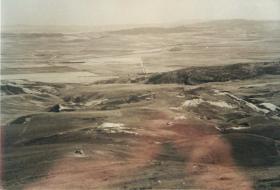
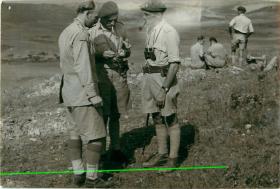
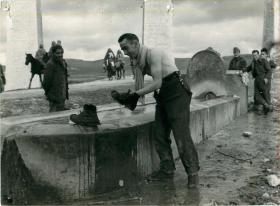
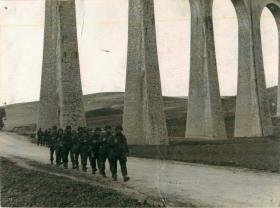
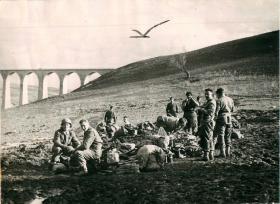
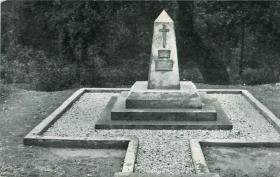
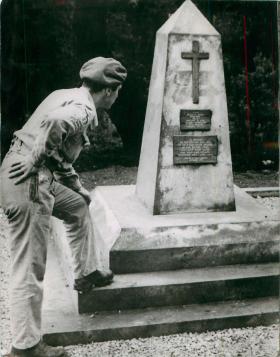
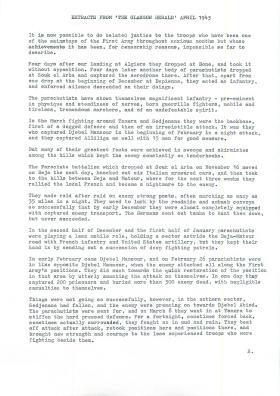
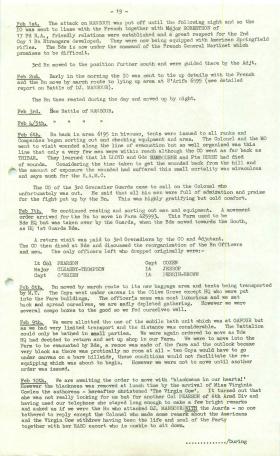
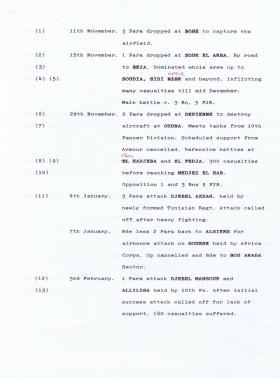
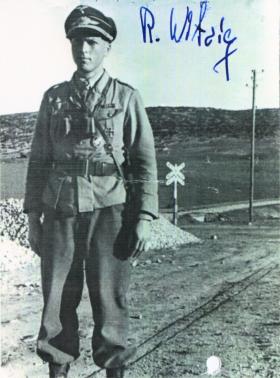
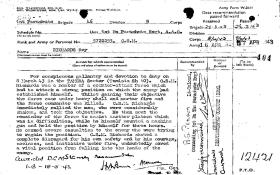
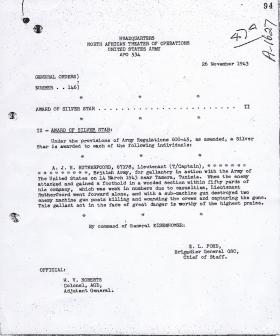
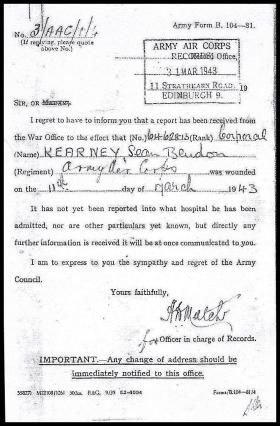




Latest Comments
There are currently no comments for this content.
Add Comment
In order to add comments you must be registered with ParaData.
If you are currently a ParaData member please login.
If you are not currently a ParaData member but wish to get involved please register.